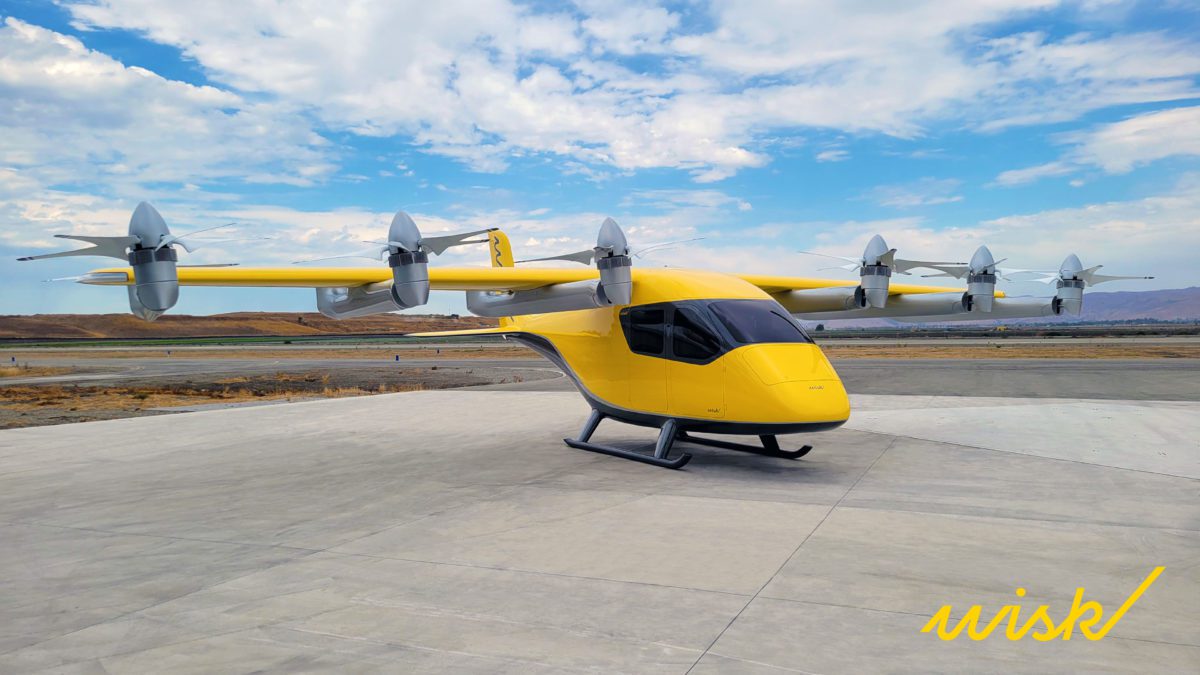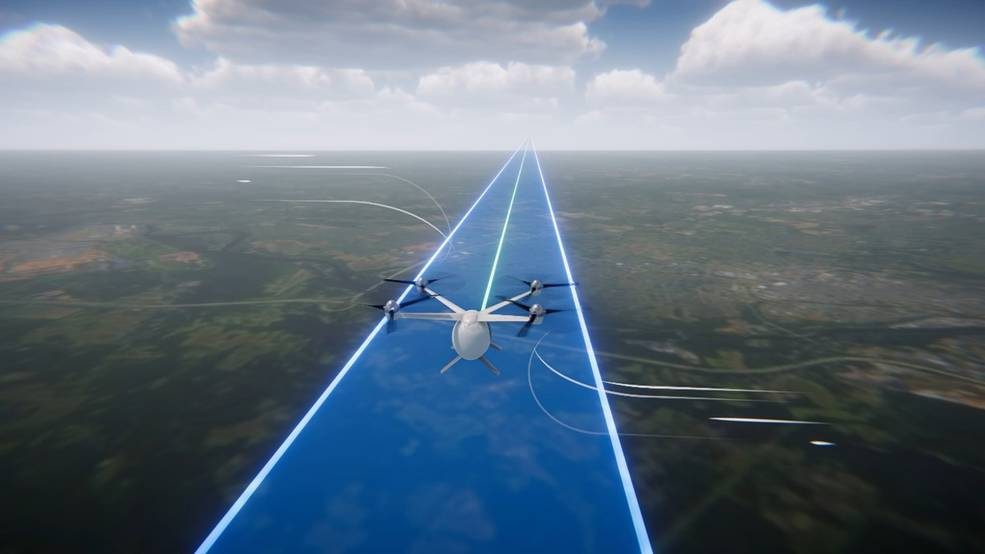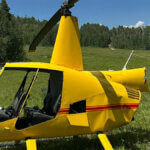Community
Could flying taxis be the solution to Utah’s ski resort traffic problems?

Wisk Aero's Generation 6 air taxi. Photo: Courtesy of Wisk Aero LLC.
UTAH — The dream of flying cars and taxis has existed for many decades, and although many have tried to make them a reality, none have quite hit the mark. Science fiction has long imagined what a flying taxi might look like, with Bruce Willis’s character’s car from the movie “Fifth Element” as a prime example. It appears that NASA has taken note as it conducts tabletop exercises to understand the intricacies of an urban flying reality and the problems that need to be solved for it to be done safely.
Commercial aircrafts follow strict Federal Aviation Administration (FAA) rules. Each aircraft has a specific flight path to follow, avoiding designated no-fly zones, such as over a city or military zone. Those rules have been worked out over decades with only a small number of aircraft in any one area at a time. How could this apply to urban transportation with hundreds of electric vertical take-off and landing (eVTOL) vehicles flying in one location?

NASA hopes to begin to answer that question through a series of 10 tabletop exercises led by the Advanced Air Mobility (AAM) National Campaign team along with participating partners, including a vehicle developer, airspace providers from five areas in the U.S., and two command and control communications providers.
Each exercise is done by a video call where the flight plan is conducted under realistic conditions. Each partner is assigned a role acting as a possible future part of AAM operations. The assigned roles will be the vehicle, “vertiports” or landing areas, flight paths, air traffic control, weather, detect and avoid scenarios, and radio communication. As each flight scenario occurs, live variables will be introduced, forcing each participant to find solutions that will hopefully lead to understanding the many questions that will need to be answered long before humans or cargo are involved.
“To test the AAM ecosystem functionally, we can only do bits and pieces at a time right now,” said National Campaign flight engineer Brad Snelling in a statement, who leads the project’s tabletop activities.
“A big advantage of flight tabletops is we have the ability to think through a whole mission from a holistic standpoint and examine every piece that’s required to make it work. The answers arising from these exercises are what will allow these revolutionary new forms of transportation to operate in the real world.”
These tabletop scenarios are part of a greater effort by NASA’s AAM mission’s National Campaign as a means of helping make the emerging aviation market become a viable future for the public to use. Numerous start-up manufacturers have created working aircrafts, such as Wisk’s Generation 6 aircraft. According to Wisk’s website, the vehicle would have a cruising altitude between 200 and 4000 feet, a range of 90 miles with reserve energy, a cruising speed of 110 to 120 knots, and a charge time of 15 minutes. The autonomous passenger air taxi could carry four people and have room for carry-on luggage items.
Besides the fine-tuning of autonomous driving or flying, what remains is figuring out all the scenarios and problems to introduce safety regulations, much like airline travel or ground transportation. It’s unclear how far we are to a future of air taxis, but it’s easy to imagine an end to parking and traffic problems as we ride in air taxis to the ski resort to make fresh tracks on a powder day.
Appreciate the coverage? Help keep Park City informed.
TownLift is powered by our community. If you value independent, local news that keeps Park City connected and in the know, consider supporting our newsroom.



















